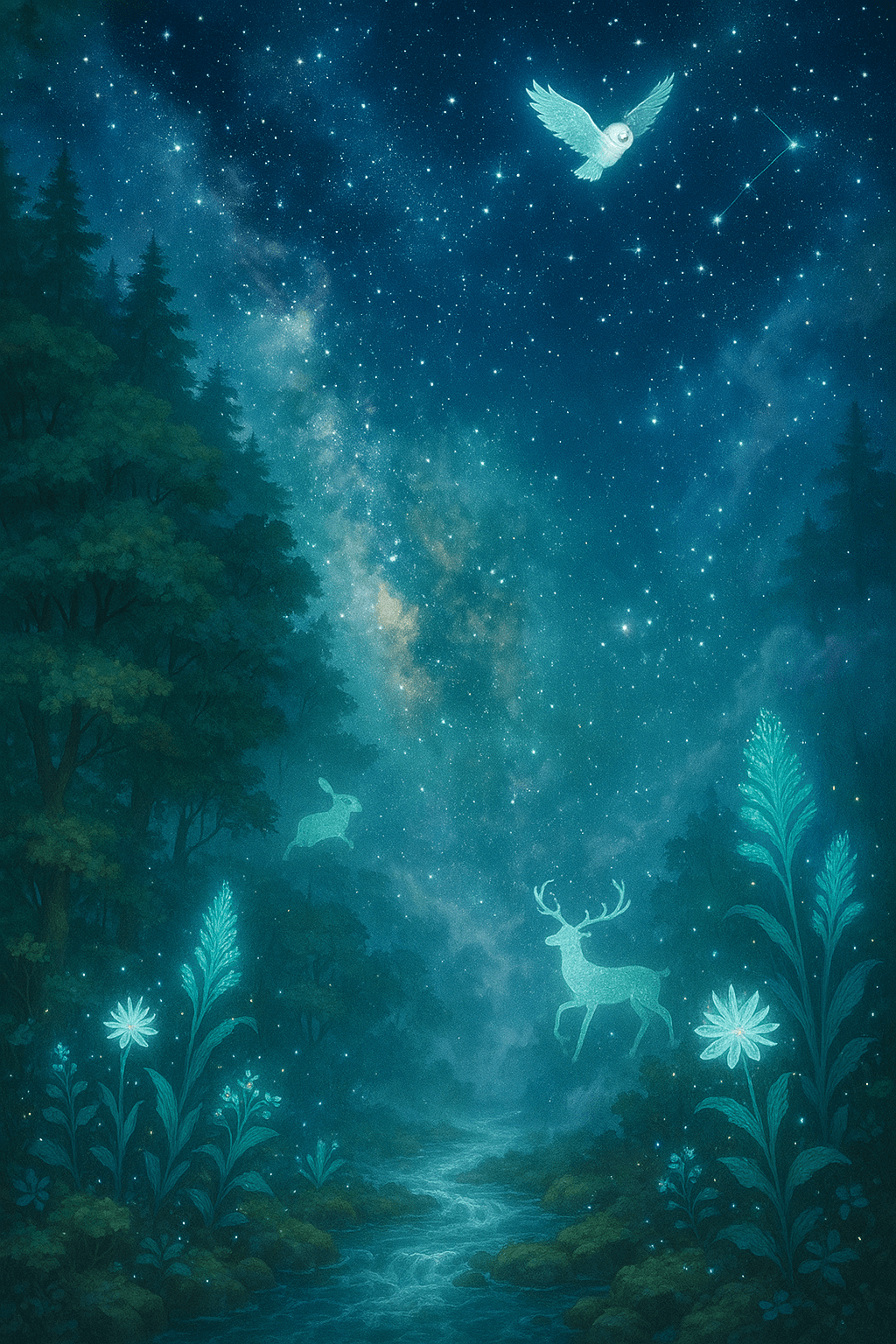The Boundless Realms of Personal Dream Worlds

In dreaming, we enter a world that is entirely our own. — Steven Gerrard
The Personal Nature of Dreams
Steven Gerrard’s reflection invites us to consider dreams as highly personal landscapes, shaped exclusively by our own inner thoughts and experiences. When we close our eyes and dream, we are transported into a domain unconstrained by the rules of waking life—a domain sculpted by nothing but our imagination and subconscious desires. Dreams thus become a sanctum uniquely tailored to each dreamer, evoking a sense of autonomy and creative freedom.
Psychological Foundations of Dream Worlds
Exploring further, psychological research supports the idea that dreams are constructed from our memories, emotions, and unresolved conflicts—Sigmund Freud called them the ‘royal road to the unconscious’ in ‘The Interpretation of Dreams’ (1899). Each sleeping mind remixes personal experiences, anxieties, and hopes, reinforcing Gerrard’s notion that the world of dreams is our own exclusive sanctuary, untouched by external influence while we slumber.
Imagination’s Role in Dream Construction
Imagination is the architect of our dream worlds, building landscapes and narratives beyond what is possible in daily existence. In literature, Lewis Carroll’s ‘Alice’s Adventures in Wonderland’ (1865) illustrates this vividly, as Alice journeys through a universe governed by fantastical logic invented by her mind. Such literary parallels underscore the potency and creativity inherent to every individual's dreaming experience.
Dreams as a Laboratory for the Self
Transitioning from the imaginative to the practical, dreams function as a psychological laboratory where we experiment with fears, wishes, and identities. Psychologist Carl Jung emphasized dreams’ role in integrating different aspects of the psyche—suggesting that, through dreaming, we encounter hidden or repressed parts of ourselves. This reflective process contributes to personal growth, harnessing the privacy and limitless possibility of our inner dreamworlds.
Waking Inspiration from Dream Realms
Finally, the worlds we visit in dreams often seep into waking life as sources of inspiration or self-understanding. Artists like Salvador Dalí famously drew upon their dreaming experiences to create surreal masterpieces, turning nocturnal visions into daylight achievements. Gerrard’s sentiment thus reverberates into everyday reality, reminding us that the enigmatic territories of slumber are not just escapes—they are breeding grounds for creativity, insight, and renewal.